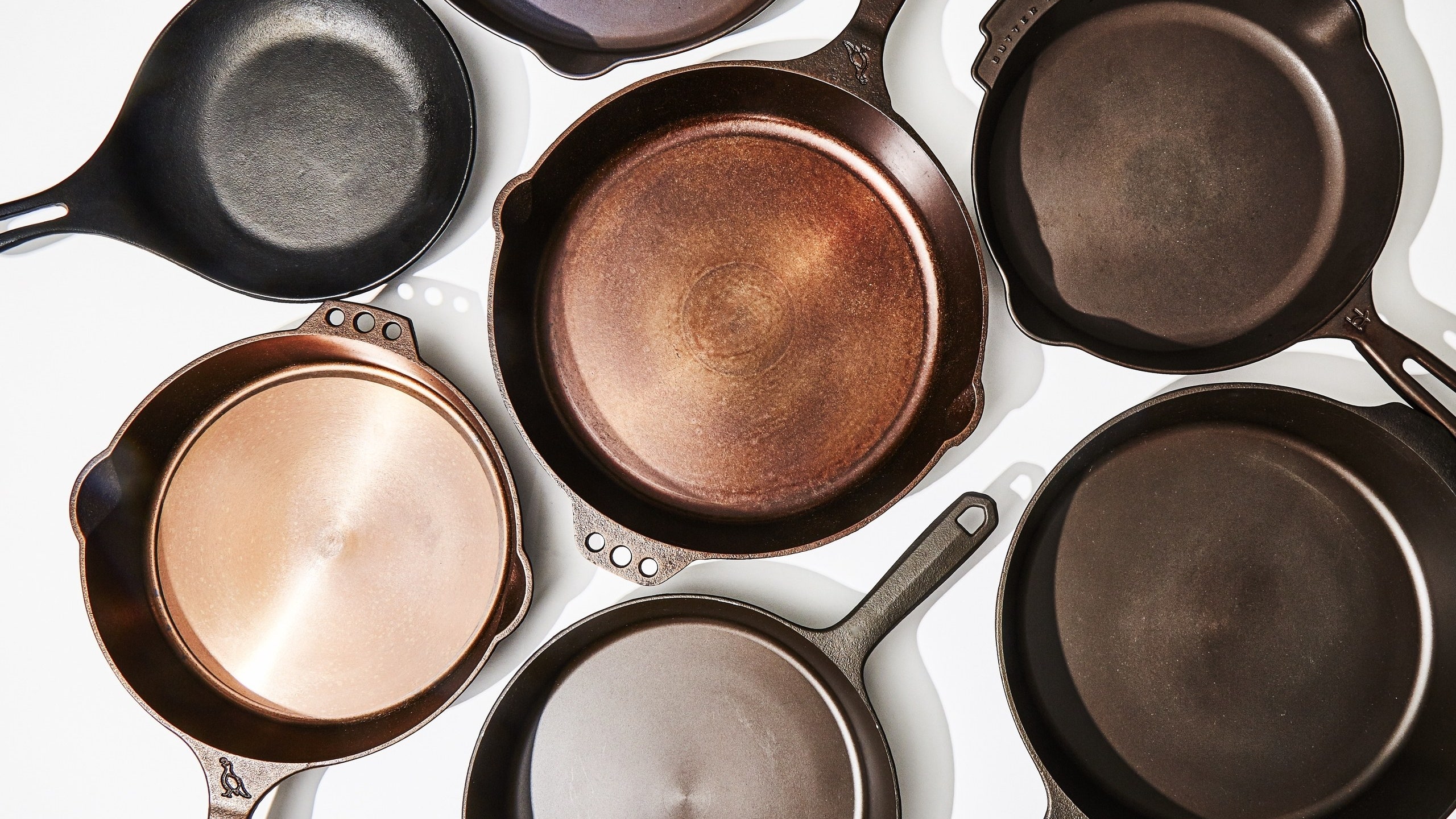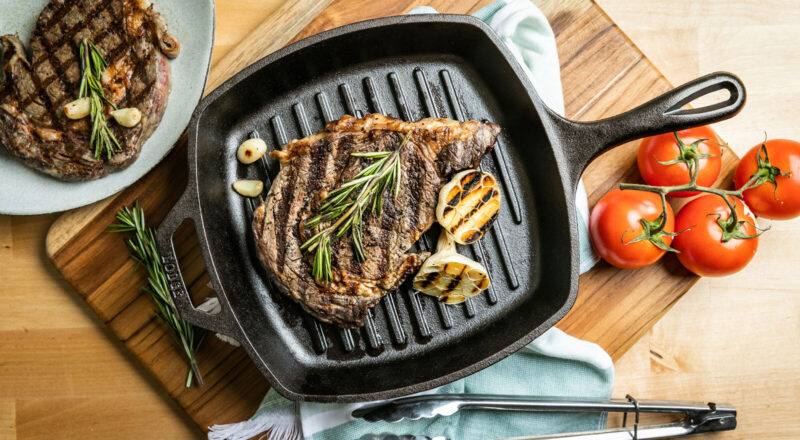If you’re a cooking enthusiast, you likely have a cast iron skillet that’s seen better days. Maybe it’s rusty, or food sticks to it despite multiple attempts at seasoning. Fear not, because repairing a cast iron skillet is easierand more rewardingthan you might think. This guide will walk you through the process, ensuring your cast iron skillet is back to its former glory using tremendous technology available today.

Understanding the Basics of Cast Iron
Before diving into the repair process, its essential to understand what makes cast iron unique. Cast iron skillets are renowned for their heat retention and durability. However, they are also susceptible to rust and damage if not properly maintained.
What Makes Cast Iron Skillets Special?
Cast iron skillets have been used for generations, primarily because of their incredible heat retention properties and ability to provide a natural non-stick surface when properly seasoned. These skillets can last a lifetime if taken care of, making them an invaluable kitchen tool.

Assessing the Condition of Your Skillet
Not all damages require the same approach. Inspect your skillet to determine the extent of the damage. Is it just a bit of rust, or does it have pitting and other major issues?
Identifying Common Issues
- Rust
- Sticking food
- Pitting and cracking

Gathering Your Supplies
Repairing a cast iron skillet doesnt require a lot of specialized tools, but having the right supplies on hand will make the process smoother.
What You’ll Need
- Steel wool or a wire brush
- Dish soap
- Baking soda
- Vinegar
- Vegetable oil or shortening
- Aluminum foil
Cleaning the Skillet
Start by giving your skillet a thorough cleaning. Use hot water, mild dish soap, and a stiff brush. For particularly stubborn rust spots, steel wool or a wire brush can be very effective.
Removing Rust
If your skillet has rust, soak it in a vinegar and water solution (equal parts) for about an hour. Then scrub it with steel wool or a wire brush. Rinse thoroughly and dry completely.
Using Baking Soda for Tough Spots
For any remaining tough spots, make a paste with baking soda and a little water. Apply this paste to the stubborn areas, let it sit for 15 minutes, and then scrub away.
Seasoning Your Skillet
Once the skillet is clean and rust-free, its time to season it. This essential step helps create a non-stick surface and protects the skillet from rusting again.
Applying the Oil
Lightly coat the entire skillet (inside and out) with vegetable oil or shortening. Ensure every inch is covered.
Baking the Skillet
Place the skillet upside down on a middle oven rack lined with aluminum foil. Bake at 375F for one hour, then turn off the oven and let the skillet cool inside.
Maintaining Your Cast Iron Skillet
Regular maintenance will keep your cast iron skillet in top shape for years. Always dry it thoroughly after washing, and apply a thin layer of oil before storing.
Storing Your Skillet
Store your skillet in a dry place, and consider placing a paper towel or cloth between stacked pans to prevent scratching.
Caring for a Heavily Damaged Skillet
If your skillet has significant damage, you may need to take more drastic measures, such as sanding or even re-casting.
When to Seek Professional Help
If your skillet has severe pitting or cracking, it might be best to take it to a professional for repair.
Additional Tips and Tricks
Here are some additional tips to keep your cast iron skillet in pristine condition.
Patching Minor Cracks
Use a food-safe epoxy to fill small cracks. Sand it smooth after it dries, then season the skillet as usual.
Stain Removal
If your skillet has dark stains that wont come off with regular cleaning, consider using a paste made from baking soda and hydrogen peroxide. Let it sit for a few hours before rinsing.
Conclusion
Repairing a cast iron skillet can be a satisfying and rewarding task. By following these steps, you can restore your skillet to its former glory and enjoy its benefits for years to come. For more on maintaining cast iron cookware, check this guide.
FAQs
How often should I season my cast iron skillet?
For the best results, season your cast iron skillet after every use. If thats not possible, aim to season it once a month.
Can I use soap on my cast iron skillet?
Yes, you can use mild dish soap on your cast iron skillet. Just be sure to rinse thoroughly and dry it immediately to prevent rust.
What should I do if my skillet is heavily pitted?
If your skillet is heavily pitted, you may need professional help. However, minor pitting can often be managed with seasoning and regular maintenance.
As an Amazon Associate, I earn from qualifying purchases.
For more information on caring for your cast iron skillet, you can also check this comprehensive guide.

